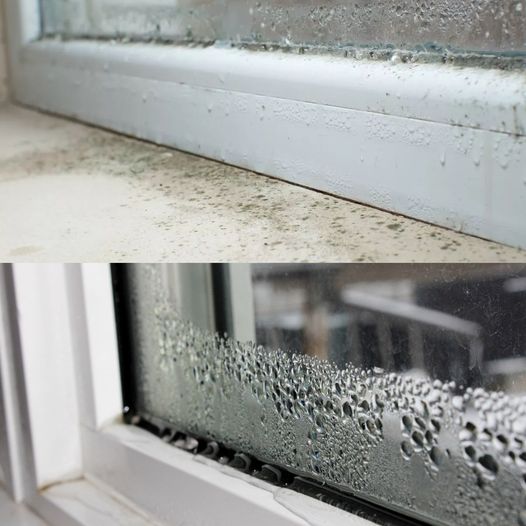Hello, dear friends! Today, let’s tackle a common annoyance that many of us face, especially during the colder months or in particularly humid climates: foggy windows. Not only can foggy windows obstruct your view and reduce the natural light in your home, but they can also be indicative of excessive moisture levels, which might lead to more serious issues like mold or mildew. Fortunately, there’s a simple and effective solution to this problem: moisture absorbers.
Understanding Foggy Windows
Foggy windows occur when there’s a significant difference between indoor and outdoor temperatures, leading to condensation on the glass. This is often exacerbated by high humidity levels inside the home, making bathrooms, kitchens, and laundry rooms common sites for this issue.
The Role of Moisture Absorbers
Moisture absorbers work by attracting and trapping excess moisture from the air, thereby reducing the humidity level inside your home. This not only helps to clear up foggy windows but also contributes to a healthier living environment by discouraging the growth of mold and mildew.
Types of Moisture Absorbers
- Silica Gel: Often found in small packets used to keep products dry, silica gel is a highly effective desiccant that can absorb a significant amount of moisture relative to its size.
- Calcium Chloride: A common ingredient in commercial moisture absorbers, calcium chloride is excellent for dealing with high humidity levels. It works by absorbing moisture from the air and turning it into a brine, which is then collected in a container.
- Charcoal Briquettes: While not as effective as silica gel or calcium chloride in absorbing moisture, charcoal briquettes can help reduce humidity and eliminate odors, making them a natural alternative.
DIY Moisture Absorber
For a simple homemade solution, fill a small container or jar with calcium chloride (available at hardware stores) or silica gel beads, and place it near foggy windows or in problem areas. Be sure to replace the absorbent material once it’s saturated.
Additional Tips for Reducing Indoor Humidity
- Ensure proper ventilation in high-moisture areas.
- Use exhaust fans in bathrooms and kitchens.
- Keep indoor plants in moderation, as they can contribute to indoor humidity.
By incorporating moisture absorbers into your home, you can say goodbye to the nuisance of foggy windows and enjoy a clearer, more comfortable living environment. Remember, maintaining optimal humidity levels not only enhances your comfort but also protects the health of your home. Here’s to clear views and cozy spaces!





